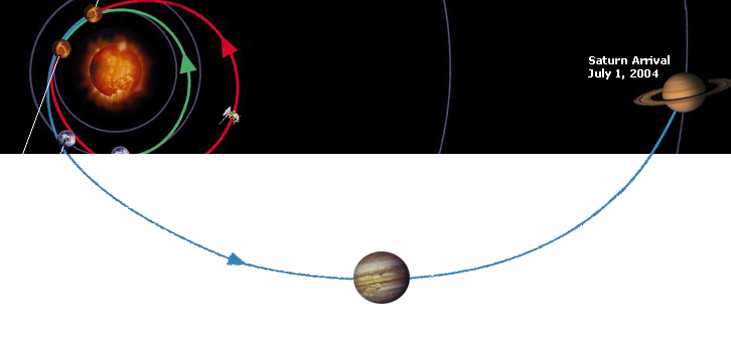| CEM Models / Space Applications |  |
| Home | Introduction | CEM Models | CEM Handling | Quality Assurance | Measurement System MEASAR |
|---|
|
||||||
|
|
Sjuts in Space |
The Channel Electron Multipliers Series KBL found one of its first applications in space research. Because of its resistance to physical shock and small size this series meets the requirements for system components for rockets, satellites and space craft.
These detectors were used for the first time in the space in the GAS Experiment on board the ULYSSES probe that was launched in 1990 with the Space Shuttle "Discovery". For the HYDRA experiment on board the NASA POLAR/WIND satellites, we delivered over 60 CEMs. Thereafter we delivered detectors for the Russian MARS-96-Mission, the Cassini-Huygens probe to Saturn and the ESA-probe ROSETTA to comet 67P/Tschurjumow-Gerasimenko. The landing on Mars on board the PHOENIX lander, the arrival on the International Space Station in 2008 and the interesting results from the IBEX mission in 2009 are the latest news.
The following table gives an overview on the CEMs we delivered for space missions as well as their application.

Commercial Applications in Space
Spacecraft charging can erode or contaminate spacecraft surfaces, destroy or degrade electronics, lower the efficiency of ion propulsion, bias scientific measurements and can present a shock hazard to astronauts during EVA's. The Spacecraft Charge Monitor (SCM) developed by Goembel Instruments is the first lightweight, inexpensive, accurate, and easily deployed device designed to measure spacecraft charge in orbit around the Earth, other planets and in solar winds (www.goembel.biz).
|
|
Dr. Sjuts Optotechnik GmbH
Rudolf-Wissell-Str. 14, 37079 Goettingen, Germany Tel. + 49 (0) 551 209 95 62, Fax. + 49 (0) 551 209 95 63, Email: sjuts@t-online.de